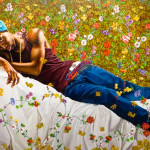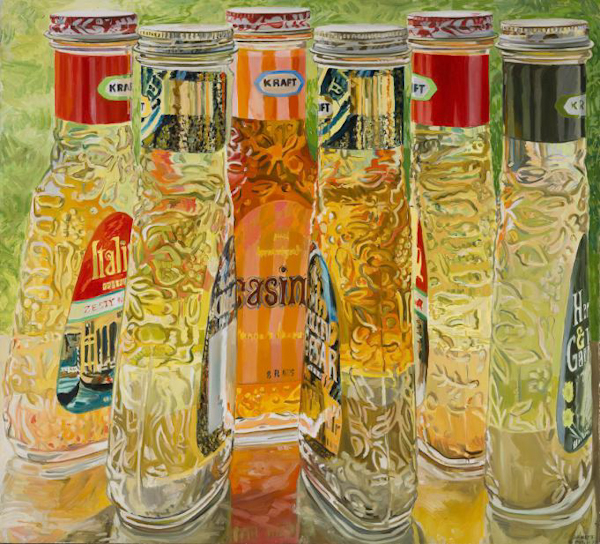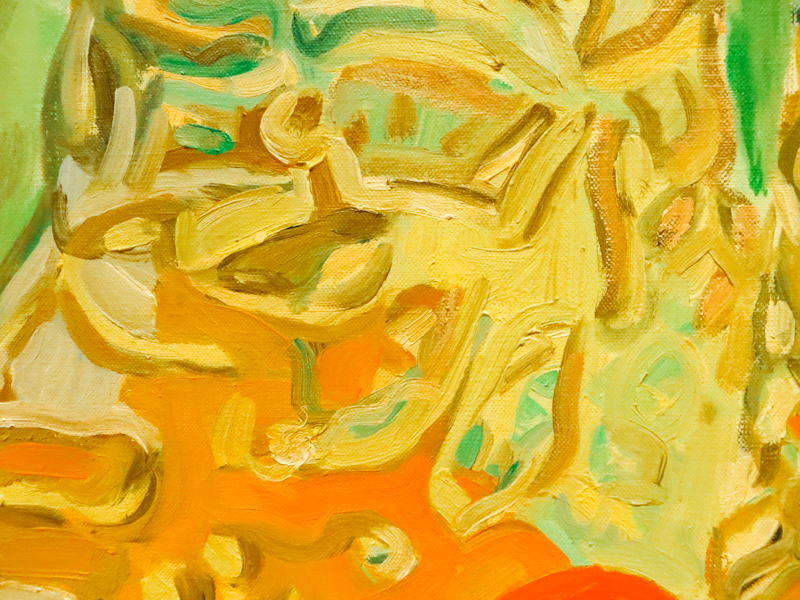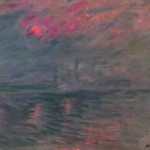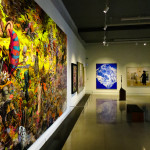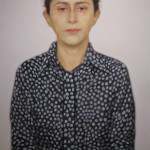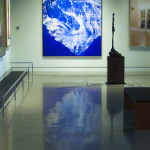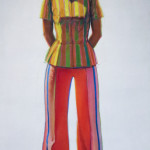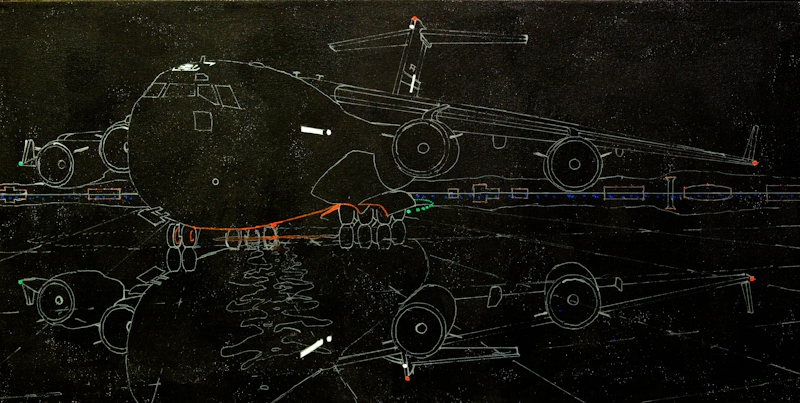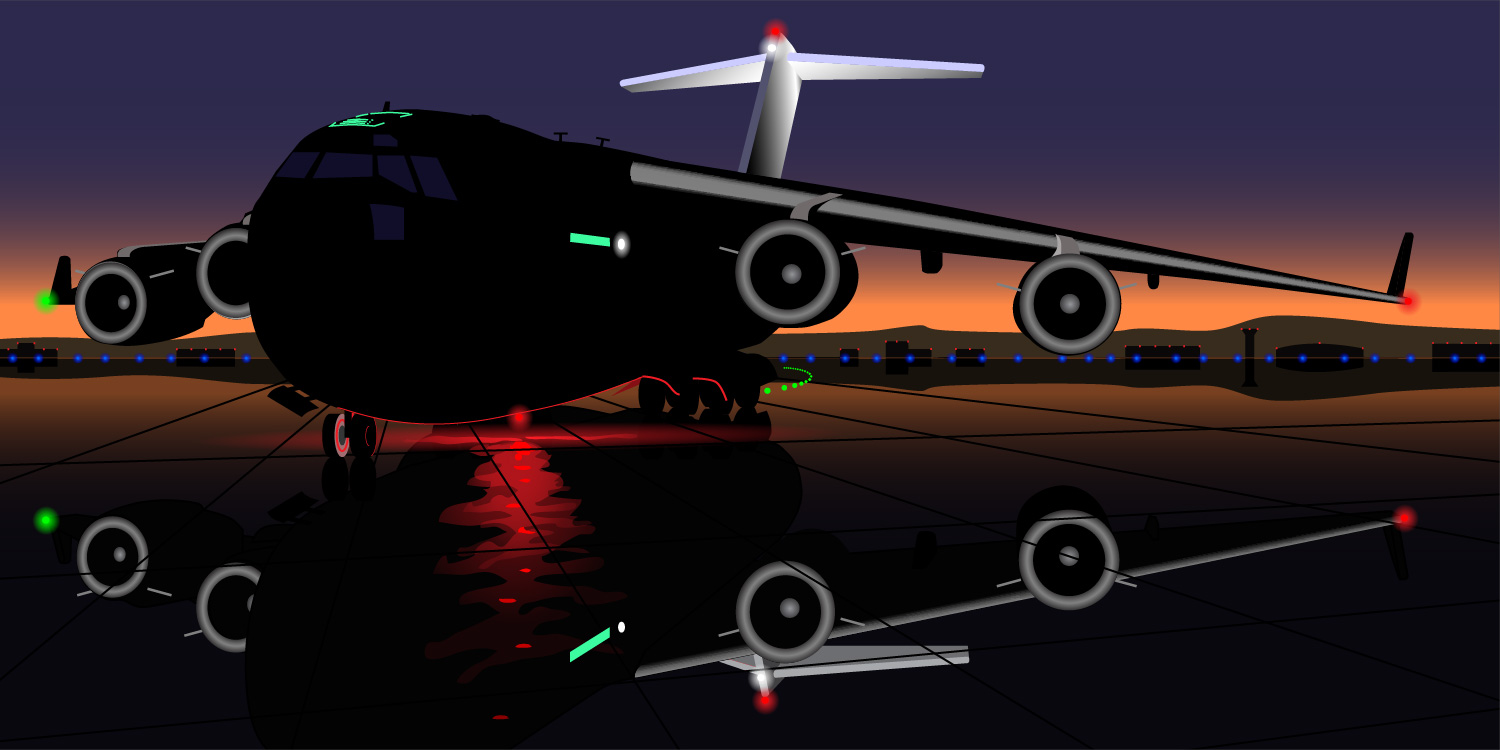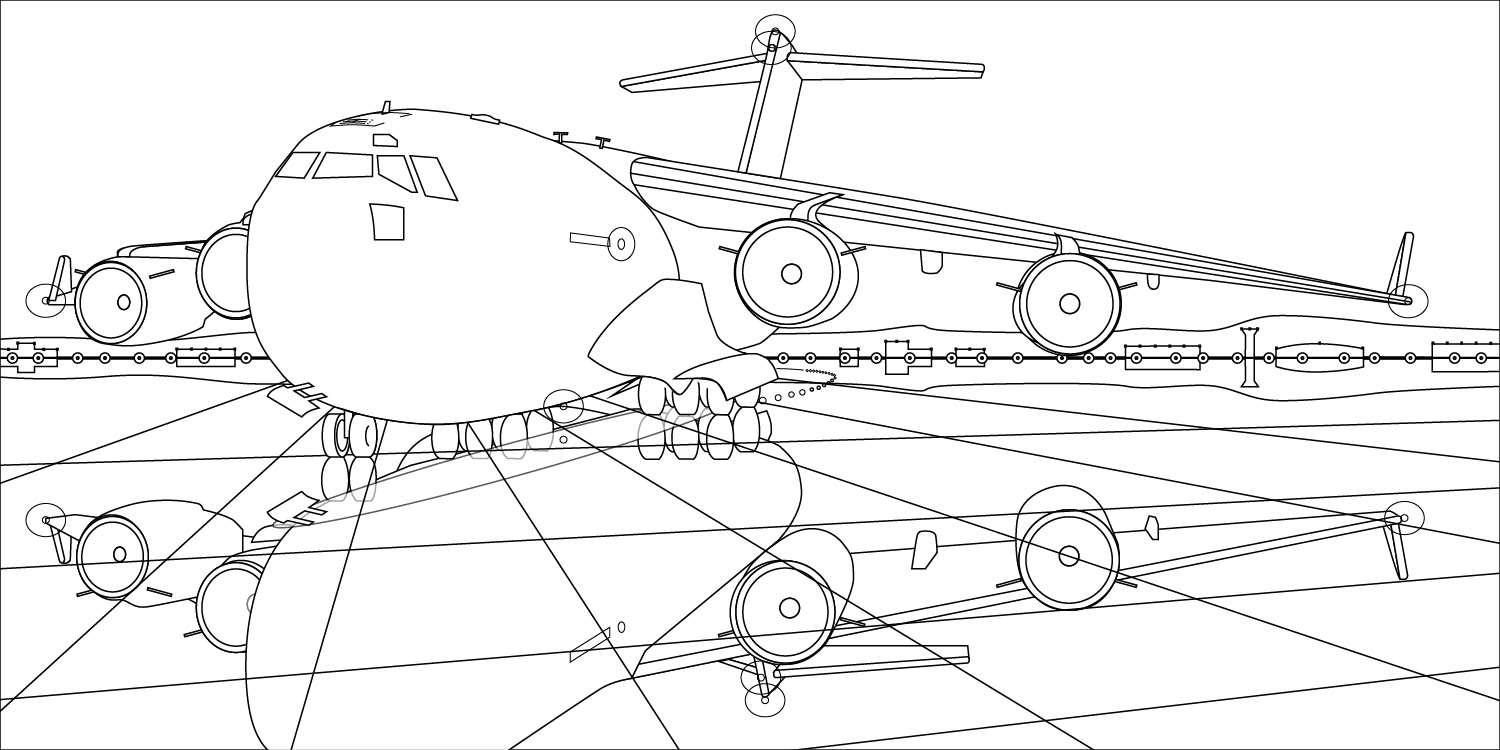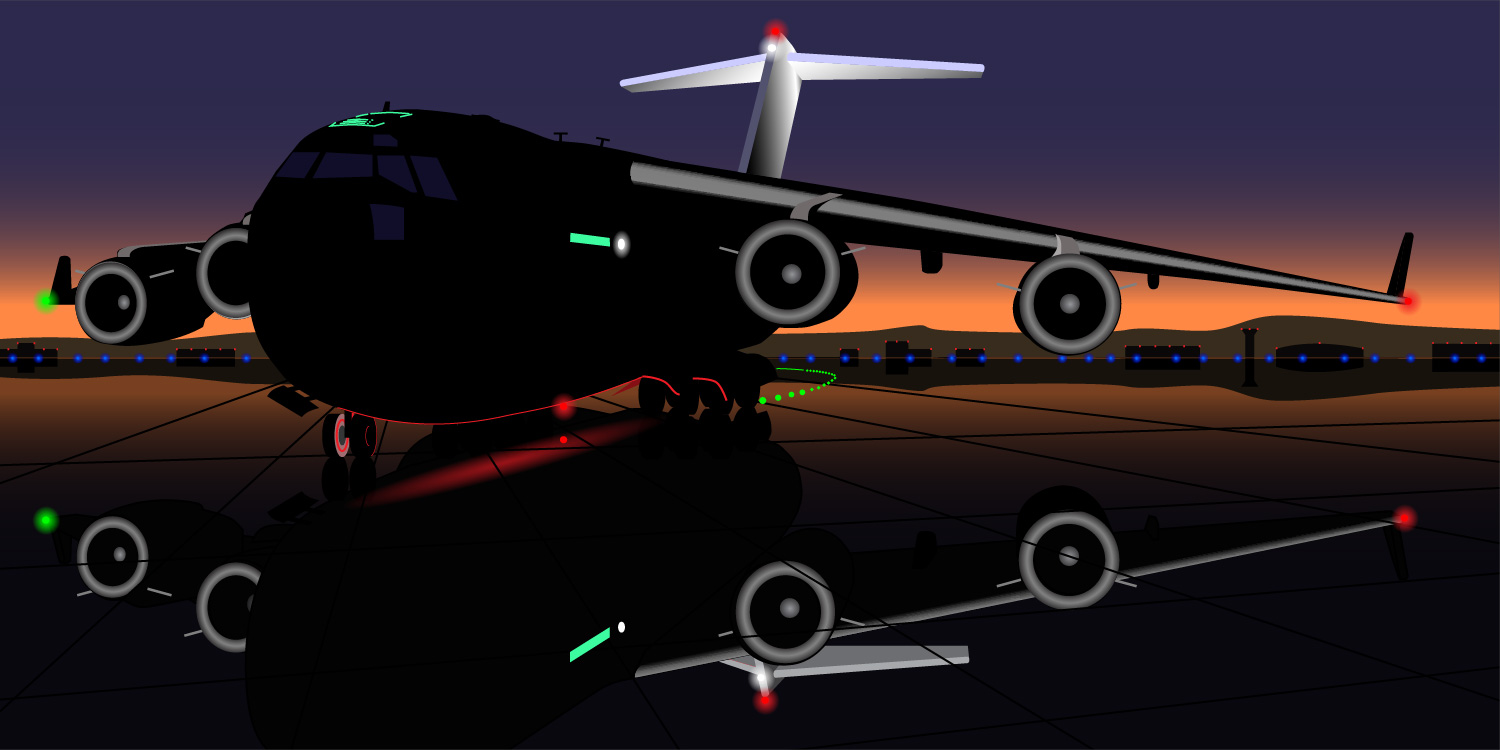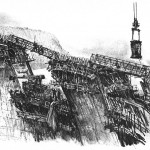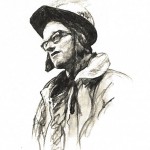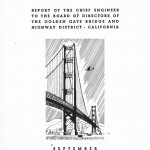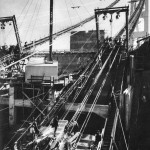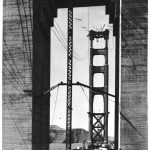Kehinde Wiley exhibit, A New Republic, at the Seatte Art Museum through May 8, 2016.
Category Archives: Uncategorized
Janet Fish at Mount Holyoke College Art Museum
I saw this interesting piece by Janet Fish at the Mount Holyoke College Art Museum. Janet Fish is a realist artist, but as you can see in the closeups, she is still quite painterly.
Davis Museum
Here are a few pieces from the Davis Museum at Wellsley College. The Huffington Post has an interesting article on Alice Neel’s Wellesly Girls.
- Alice Neel, Wellesley Girls (Kiki Djos ’68 and Nancy Selvage ’67), 1967, Oil on canvas
- Claude Monet, Waterloo Bridge, 1899-1903, Oil on canvas
- Leopoldo Méndez, Las Primeras Luces, 1948, Linocut
- Francis Alÿs, Cityscape, 1996-97, Oil on panel and enamel on galvanized steel.
February 21, 2016
Finally getting back to the C-17 nocturne after a week of travelling. This evening I lightened the sky and hills, removed the building reflections, and worked on the pool of warm red light spilling out from underneath the belly of the beast. The composition seems much stronger now that the sky is lighter. It is interesting – the sky on the horizon is nearly white but the image still reads as a nocturne.
At this point, it remains hard to visualize the final composition because I haven’t illuminated the vertical stabilizer and the leading edges of the wings and the engine nacelles. Once I have these elements in place I should be able to adjust all of the values and then start adding details.
Pivot Art and Culture
Here are some pieces from The Figure in Process: de Kooning to Kapoor 1955 – 2015, on view at Pivot Art and Culture through February 28, 2016.
- Pivot Art and Culture, The Figure in Process: de Kooning to Kapoor 1955 – 2015
- Wayne Thiebaud, Girl in Striped Blouse, 1973-1975, Oil on canvas, 66 1/8″ x 36 1/8″
- Y.Z. Kami, Untitled (Maryam), 2007, Oil on canvas, 116″ x 66″
- Mark Tansey, EC 101, 2009, Oil on canvas, 100″ x 79.5″
- Pivot Art and Culture, The Figure in Process: de Kooning to Kapoor 1955 – 2015
- Roy Lichtenstein, Interior with Swimming Pool Painting, 1992, Oil and Magna on canvas, 72″ x 60″
- Wayne Thiebaud, Girl in Striped Blouse, 1973-1975, Oil on canvas, 66 1/8″ x 36 1/8″
- Ron Mueck, Crouching Boy in Mirror, 1999-2002, Mixed media, 17″ x 18″ x 11″
- Anish Kapoor, Blood Cinema, 2000, Acrylic and steel, 77 5/8″ x 77 5/8″ x 20 1/8″
February 10, 2016
Last night I finished the drawing and then spent about an hour transferring it to an 18″ x 36″ black canvas. The lines were drawn with a Montana acrylic paint marker and then I added a few color notes with a small brush and Golden Heavy Body acrylics.
This evening I painted the clouds, the distant hills, the buildings, and their reflections on the wet tarmac. The painting is really rough at this stage – I’m mainly trying to figure out the value structure.
The challenge is that the scene is a nocturne and needs to read as such, but I can’t allow the painting get too dark, or the composition will get lost.
February 3, 2016
This design is almost ready to paint! I worked a lot more on the reflection of the red light on underside of the fuselage, and I adjusted the sky colors and added more runway lights. I also moved the cracks in the tarmac so that they intersect the lighter parts of the plane’s reflection in more interesting ways.
There are a few more areas that I could improve, but I really want to start painting. The most important is the shape of the top of the tail – the C17, has a really curvaceous bulge where the horizontal stabilizers meet and it would be nice to get this into the drawing. Another area is the rudder. If I offset the rudder slightly, the silhouette of the tail will be much more interesting. Other, less important details include the markings and formation lights on the tail.
C17 Globemaster III
It’s been a while since my last post, but I’ve been busy working out a new painting design in Adobe Illustrator. This design will be the basis for a large oil painting. I started with a small plastic model of a Boeing C17 Globemaster III cargo plane that’s about 10″ long. My first goal was to come up with interesting lighting and compositions.
I placed the model on a sheet of clear acrylic and then photographed it in a darkened room, using bike headlamps as the only source of light. The digital camera allowed me to rapidly prototype lighting and composition ideas.
Once I settled on a composition that was promising, I put the camera onto a tripod and took a number of shots with different lighting. This allowed me to mix and match the best lighting effects from several images. At this point I used Adobe Photoshop to produce a composite image to guide me through the drawing and color studies.

Photoshop image combines best lighting passages from several photos with a hand-painted cloudy background.
My next step was to set up the plane and the composite image in front of me and produce a detailed line drawing. This was done in Adobe Illustrator. I didn’t like the shape of the nose gear and windshield on the model, so I adjusted them based on photos of the actual plane. Same for the main gear doors.
The model was also a little lopsided from a poor gluing job in the factory, so I lowered the starboard wing in the drawing and moved the number one engine (outboard, port) back underneath its pylon. I also added antennas and navigation lights. I felt it was important to include the green light on the starboard winglet, so I extended this wing a bit so that it protrudes beyond the number four engine (outboard, starboard).
Once I had the line drawing, I was able to begin experimenting with color studies. Here’s one with a dark aircraft against a bright white background.

This study with a light background really shows off the composition. I need to take care not to lose the strong lines as I darken the sky.
The image in my mind’s eye, from the beginning, was a nocturne. Since they say it’s always darkest before the dawn, my most promising idea is daybreak. I like all the color, but I may have to lighten the sky a bit to keep the composition strong.
I will tweak the drawing a bit more and then transfer it to a black 18″ x 36″ canvas. Then I can start painting.
Lilli Rethi
Lilli Rethi is one of my construction-artist heros. According to the MTA,
During the construction of the Verrazano-Narrows Bridge in the early 1960s, a petite woman could be found weaving her way among the burly bridge builders with her drawing board and art supplies in hand. Artist and illustrator Lili Rethi became so familiar to workers building the bridge that they built her a little shed on site to shelter her from the wind and cold.
She particularly loved depicting heavy construction projects. As a young woman, she disguised herself as a boy and sneaked inside a Belgian mine to do some sketching. She also drew shipyards, canals and bridges under construction in Europe.
Rethi, born in Vienna in 1894, came to the United States in 1939 to cover the 1939-1940 New York World’s Fair for the Illustrated London News and remained here. In addition to sketching, she also illustrated more than 50 books over the course of her career.
As a child, one of my favorite books was Manic 5 – The building of the Daniel Johnson Dam. Lilli did the illustrations for this book. Here is the text from the jacket flap:
It is 703 feet high at its center arch, 4,310 feet long, and weighs approximately 6,000,000 tons. Building it required the services of over 3,500 workers, and consumed 15,000,000 bags of cement, 1,700,000 tons of sand, 2,500,000 tons of rock, and 72,000,000 gallons of water. The world’s biggest multiple arch dam, it is a dramatic part of Canada’s Manicouagan-Outardes Rivers hyrdroelectric project. Originally called Manic 5, it was officially renamed that Daniel Johnson Dam in honor of Quebec’s late Prime Minister.
This is the story of the building of that dam. The drama, the beauty, and the awesome magnitude of the undertaking are captured in these pages in sixty-four drawings by Lilli Rethi, an artist whose work, said the Christian Science Monitor, “pleases the technically trained man but at the same time holds the full romance of engineering in its grasp.”
Lilli’s drawings inspired my lifelong fascination with heavy construction. Back in the day, I would build my own Manic 5s in creek bed behind the house using Tonka trucks and sticks and mud. Now I paint massive earth movers on large canvas frames.
The Golden Gate Bridge
September 30, 1937
To the Honorable Board of Directors
Golden Gate Bridge and Highway DistrictGentlemen:
I have the honor to transmit herewith the final report of the Chief Engineer on the building of the Golden Gate Bridge, covering the history of the project from its inception to its completion and including a description of the technical and other phases of the work.
Respectfully submitted,
Joseph B. Strauss
Chief Engineer
Golden Gate Bridge and Highway District
So reads the first page of The Golden Gate Bridge, Report of the Chief Engineer to the Board of Directors of the Golden Gate Bridge and Highway District California. This book was a commemorative souvenir for the people involved in the construction of the bridge. Its text describes the history of the bridge, from the first proposal, through design and construction. The book and the bridge both include many art deco motifs from the era.
As a young boy, I spent hours on the living room floor, pouring over my grandfather’s copy, looking at each construction photo and carefully examining the blueprints. The book inspired a lifelong fascination with construction and engineering.
As a child I would build suspension bridges from dowel and string. Now in mid life, I am using oils and brushes to paint the construction scenes I imagined so many years ago.
- Book Cover
- Title Page
- Letter
- Artists Rendition
- Main Tower Blueprints
- Laying Cables
- On the south tower.
- Cable wrapping machine.
- Towers viewed from the south.

